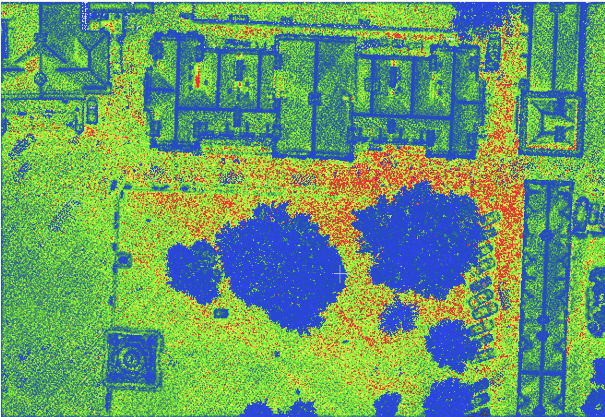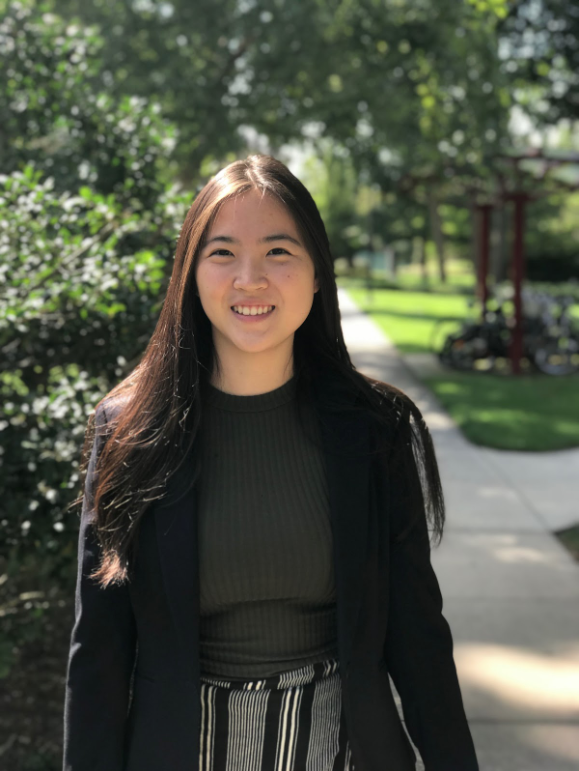In the Spotlight - Jasmine Wu BE'20/MS'21
Fall 2019
Growing up in Manhattan, I have always been surrounded by skyscrapers and other brilliant urban works. I have always been fascinated and curious about how they are built. I even remember imagining people hanging out of airplanes to be able to build the top floors as a young child. I came to Stony Brook as a biology major on the pre-dental track. My parents always wanted me to go into the medical field, but my heart was just not there. I did not have the motivation and drive to perform well in class, so I knew I had to change my major. As I was picking a major, I wanted something that was based in math and critical thinking, while also having a balance between theory and practice. I didn’t want to be in a field that involved sitting in an office the whole day. I chose civil engineering because it is the perfect blend of technical skills and field work.
During summer 2019, I interned at the Center of Urban Science and Progress at New York University under Dr. Debra Laefer. I was tasked to develop a new method to characterize aerial Light Detection and Ranging (LiDAR) for urban lands using statistical methods. LiDAR is an airborne remote sensing device that can emit and receive laser signals. The device can emit up to millions of pulses a second. Each received pulse has a spatial coordinate, and when all complied can create a 3-dimensional model of the site. The current methods of LiDAR are well suited for relatively flat areas. However, as LiDAR is beginning to be used in urban applications, it is critical for urban-specific objects differentiation to be developed and standardized. Urban areas are characterized by having a multitude of objects (smooth surfaces, trees, facades, etc.). The methods I came up with are object-based density segmentation, point density ratio, object-based root mean square, and distribution in cubic meter volumes. Through this experience, I learned about the value of a comprehensive LiDAR set and how the data is used in engineering and GIS applications. Knowing how to manipulate and evaluate LiDAR sets is useful for civil engineering. Some examples of its application is in land surveying, city planning, emergency response planning and autonomous vehicles.
After graduation, I plan to continue my studies at Stony Brook in the master’s program.

I am also an active member of my university community. I am the treasurer of my cultural organization with over 2000 general body members. I work in teams to collaboratively plan creative events to spread Chinese culture. As treasurer, I manage over $10,000 to allocate for all supplies and events. My collaboration and communication skills have improved drastically as I have to communicate with outside vendors to coordinate event details. One of my proudest achievements being able to organize a regional trip for the ECAASU conference in Orlando, Florida for the club. When I’m not celebrating my chinese culture, I’m loving food! In my free time, I like to go to trendy food spots in the city. I recently started cooking in my dorm and watching cooking videos on youtube, especially Bon Appetit videos.

